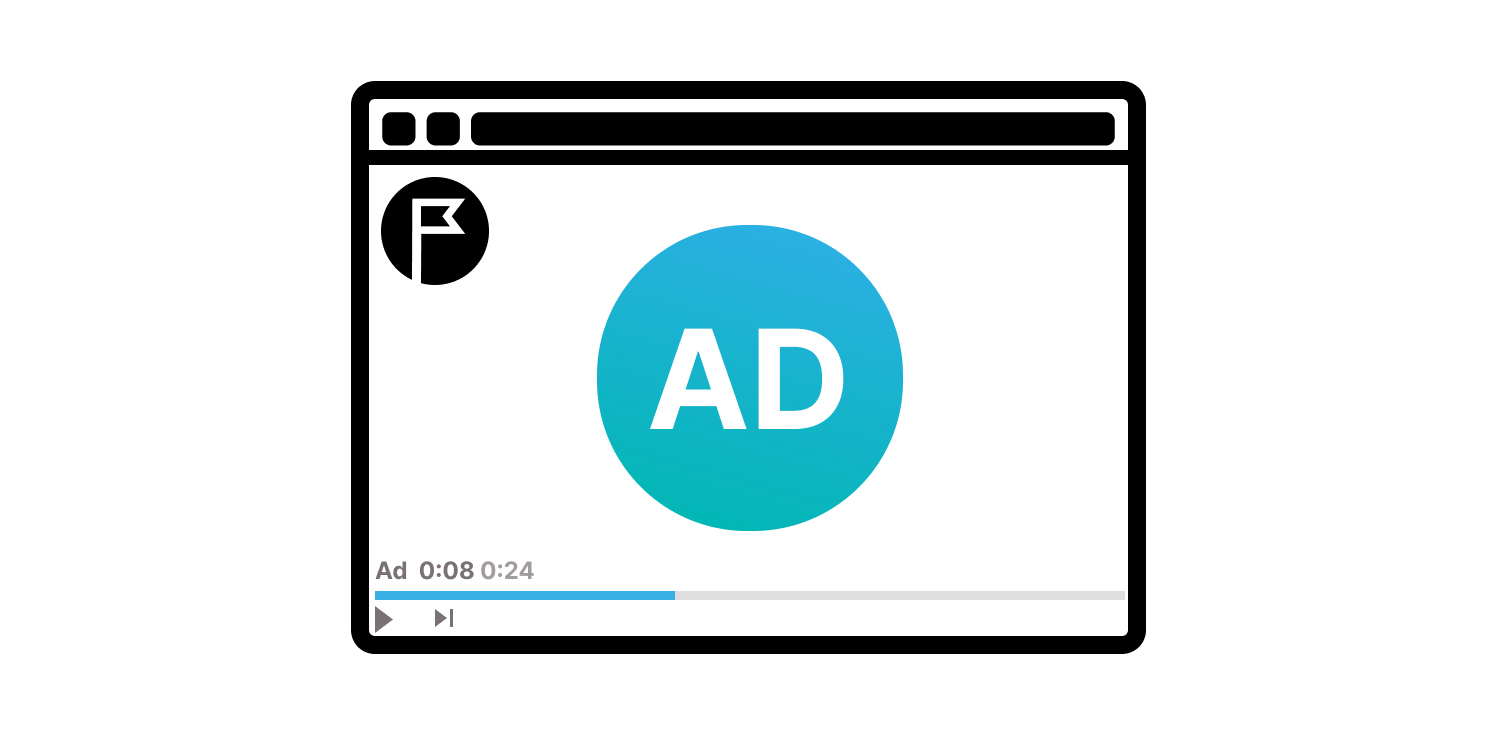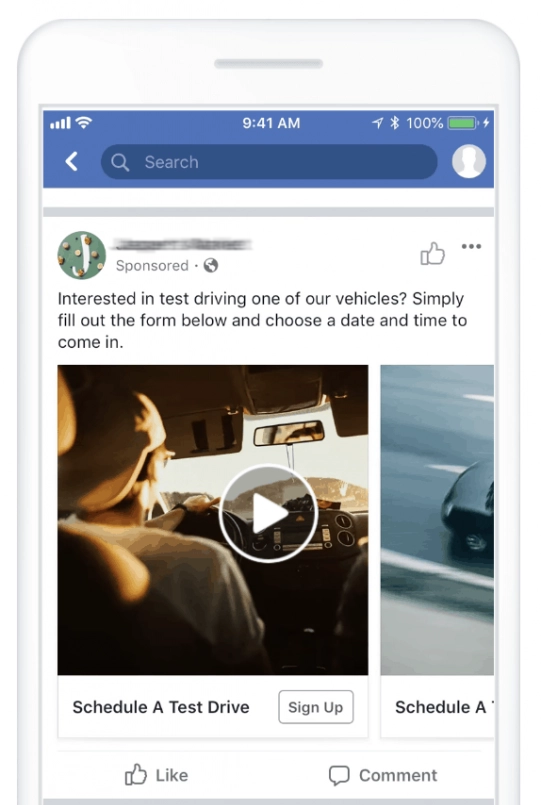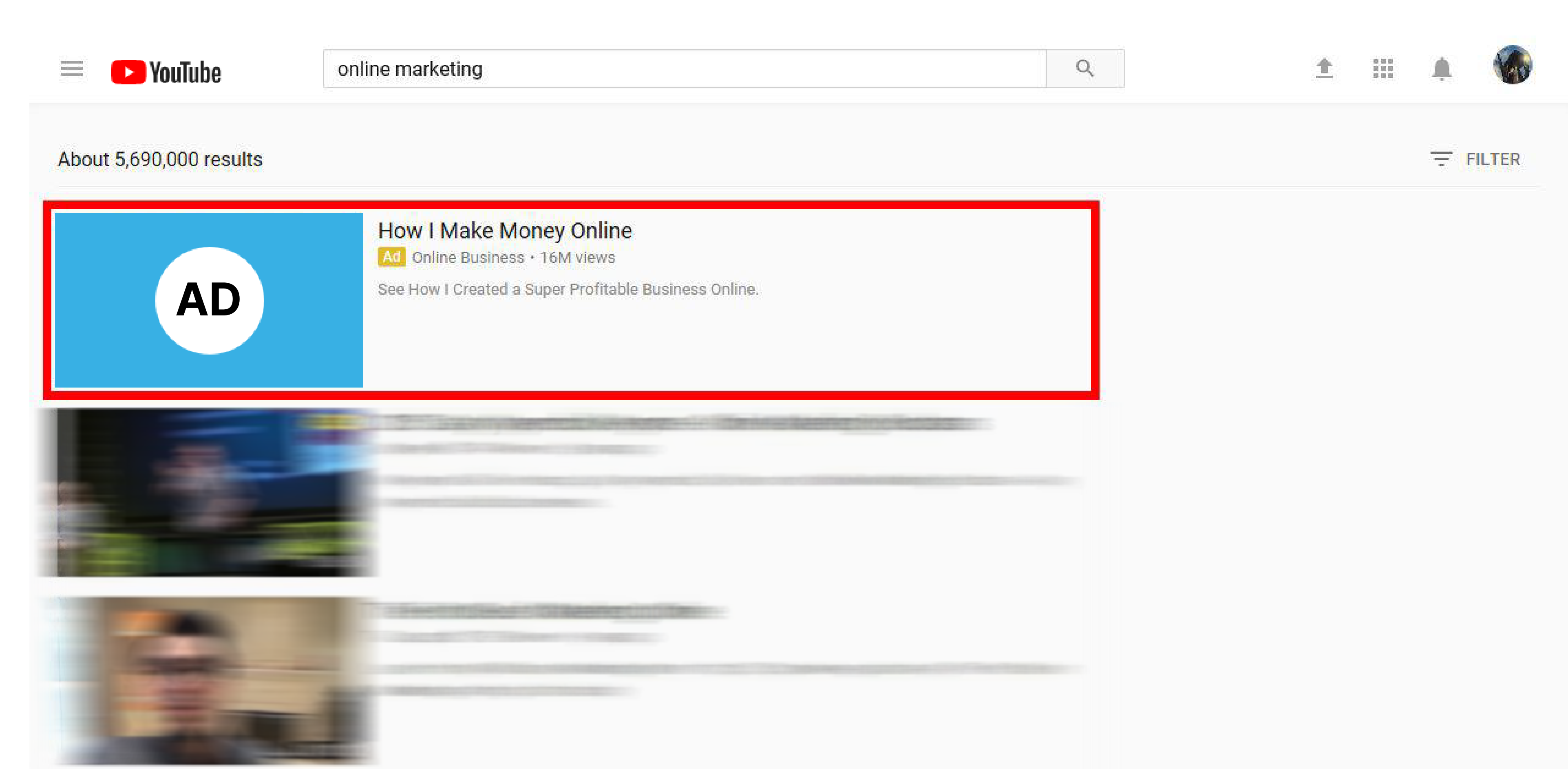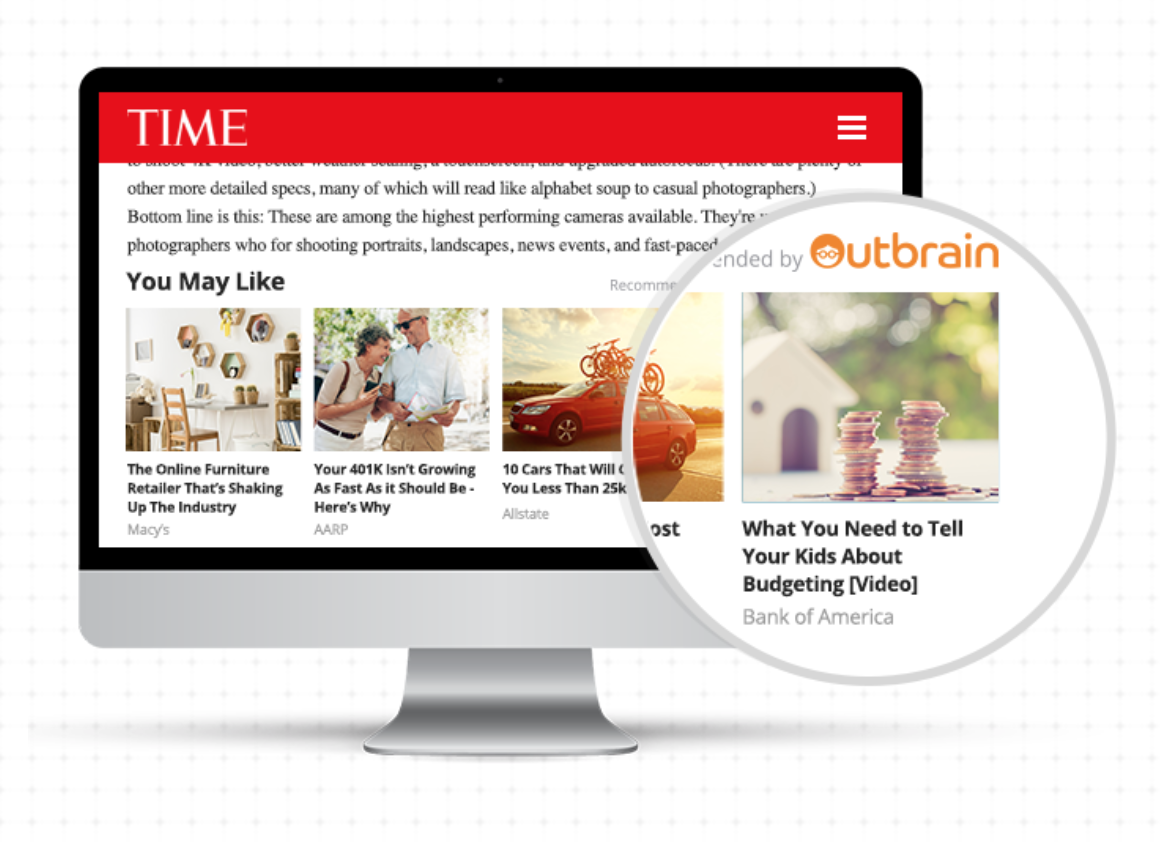Everything you need to know about outstream ads

Ever stumbled upon a video while scrolling through an article? That's an outstream video ads example. It's not intrusive; it only plays when it's in view, and it's not attached to any other content. Still, it’s like the dolphin leaping out of the water – it grabs your attention!
In the vast ocean of digital advertising, standing out is crucial. These nifty little promos are changing the game. They offer advertisers a fresh canvas, away from the crowded space of pre-rolls or mid-rolls. Plus, for publishers, it's a dream come true. They can monetize their content without having a media player. Win-win, right?
So, as we delve deeper into this topic, get ready to uncover the magic of this new ad format and why it’s making waves in the digital world!
What are outstream ads in digital advertising?
They are independent video advertisements that don't need a primary video and play outside of a player. Here are some cool things about them:
- Autoplay: they usually start playing automatically when they're at least 50% visible on your screen.
- User-friendly: they pause when you scroll past them and resume when you scroll back.
- Non-intrusive: they're typically muted by default, so they don't disrupt your reading experience.
Many marketers find themselves weighing the benefits of instream vs outstream video ads to determine which format best suits their campaign goals. You might be thinking, "Aren't they all the same?" Not quite! Here's how outstream video ads stand out from instream ones:
- Placement: they can pop up anywhere on a webpage, while instream video needs a player.
- Dependency: they play independently, while instream ads need a primary video (like those on YouTube).
- Flexibility: publishers can place them anywhere on their website, even without having video content.
As the digital landscape grew, so did the need for more innovative advertising methods. Now there is a solution for publishers who want to monetize their content but don't have media players. Advertisers can now reach audiences in new and engaging ways, while website visitors enjoy a less disruptive browsing experience. In essence, these promos bridged the gap between video content and written articles, creating a harmonious blend of both worlds.
How outstream ads work and tools for optimization
Technically speaking, they are embedded within the content of a webpage using JavaScript. When you scroll down a page, the script detects the right moment to play the video. It’s responsive and adjusted to fit any screen size, be it mobile, tablet, or desktop.
If you need help in creating your media advertisements, there are some useful platforms and tools:
- Companies like Teads, Unruly, and Vuble offer tools to design, target, and measure the performance of your commercials.
- Bannerflow and Bannersnack allow you to create custom design with interactive elements.
- Platforms like Google Analytics and Moat offer insights into viewability, engagement, and more.
Outstream ads might seem like they appear out of thin air, but there's a whole world of tech and creativity behind them.
Benefits and advantages of using outstream ads
These new media advertisements are becoming the talk of the town in the digital promotion world. Let's unwrap the many gifts they bring to the table.
- Higher engagement rates
These advertisements capture your attention without being pushy. The result is higher engagement rates. It's like talking to a friend who speaks and listens at the right time. - Flexibility in placement and design
Instream ads have strict guidelines on where they can be placed. Outstream ads, on the other hand, can pop up anywhere on a webpage, whether it's between paragraphs, at the end of an article, or even in the sidebar. Plus, their design can be tailored to fit seamlessly with the website's look and feel. - Improved user experience
No one likes those videos playing at full volume out of the blue. Outstream video is typically muted by default and only plays when they're in view. This means users can choose to engage with the ad or simply scroll past. It's all about ensuring a smoother and more enjoyable browsing experience. - Better monetization opportunities for publishers
For all the website owners and publishers out there, it’s a golden opportunity to monetize content, even if there's no media player on the site. This means more revenue without the need for additional media content.
Thus, we can see not just the emergence of a new digital promotion format, but a revolution in the world of digital advertising, offering benefits for both advertisers and users.

Best practices and strategies for effective outstream ads
Any tool is most effective when used correctly. Let's explore some best approaches:
- Visual appeal. First impressions matter! Ensure your promo is visually captivating. Use high-quality media that resonates with your audience.
- Mobile optimization. With so many people on mobile devices, make sure your ad looks and functions perfectly on smaller screens.
- Muted by default. Design your advertisements to be engaging even without sound. Use captions or on-screen text to convey your message.
- Strategic placement. Find the sweet spot where it's most likely to grab attention, like between content sections or at natural breaks in an article.
- Avoid overloading. Too much of a good thing can be overwhelming. Limit the frequency of appearance to avoid annoying your audience.
- Know your audience. It's not just about reaching people; it's about reaching the right people. Use audience segmentation and targeting tools to ensure your promo reaches those who'll find it most relevant.
- Retargeting. Consider using retargeting strategies to re-engage users who've shown interest in your product or service.
- Analytics. Regularly track the performance of your advertisements. Look at metrics like viewability, engagement rates, and click-through rates.
- ROI. At the end of the day, it's all about return on investment. Ensure you're getting value for your advertising spend. Adjust your strategies based on what the data tells you.
With these practices in your toolkit, you're all set to make the most of your campaign.

Common challenges faced with outstream ads
While this format has its perks, you still might face some challenges. Let's explore some possible issues and ways to avoid them:
- Is it really seen? One of the main concerns is viewability. Just because a video ad plays doesn't mean it's seen. If a user quickly scrolls past, did they really view the ad?
- Metrics matter. Advertisers need clear metrics to determine the actual viewability of their promos. It's not just about plays; it's about meaningful engagement.
- The Ad-blocker wave. With the rise of ad-blockers, many video promos get blocked, reducing their reach. Some people find them intrusive and use ad-blockers more aggressively.
- Autoplay concerns. Autoplaying videos, especially with sound, can be jarring. It's crucial to mute them by default to ensure a non-disruptive browsing experience.
While outstream video offers a fresh and innovative way to reach audiences, it's essential to address these challenges to ensure they're effective and user-friendly.
Predicting the evolution and future trends of outstream ads
The promise of these media promos appears both exciting and transformative. Emerging technologies are paving the way for them to become even more interactive. Imagine an advertisement not only capturing your attention but also inviting you into an augmented reality (AR) experience, making the content immersive and memorable.
The power of artificial intelligence (AI) is also reshaping the landscape. Advertisements are becoming more personalized, delivering content tailored to individual user preferences and behaviors. This personal touch allows advertisements to resonate more deeply with viewers.
The transformation goes beyond smartphones and computers. The rise of the Internet of Things (IoT) means that outstream video might soon be a part of our daily routines. Think of hairstyle advice on your smart mirror or getting recipe suggestions on your smart refrigerator.
Looking a decade ahead, the evolution of media advertisements will be user-centric. The focus will be on making them non-intrusive and enhancing the browsing journey. As more publishers recognize the myriad benefits of this ad format, its adoption is opening up new monetization avenues. Consistency will also be key. With people flitting between devices, from mobiles to wearables, outstream ads will offer a seamless experience, irrespective of the platform.
Examples
One example of an outstream ad is the Facebook in-feed video ad. These ads are designed to play automatically and silently as users scroll through their newsfeed. They start playing when they come into view and are paused if the user scrolls past them. If the user taps on the video, it expands to full screen and the sound turns on.

Another outstream video ads example is the YouTube in-display ad. These ads are displayed as a thumbnail image with a short text description, usually on the right-hand side of a YouTube video or at the top of search results. When a user clicks on the thumbnail, the video expands to play within the page.

One more example is the Outbrain native video ad. These ads are displayed as a part of recommended content on websites, often within article feeds. The video starts playing automatically, and a CTA appears once the video is complete.

In conclusion, Outstream ads hold a significant place in the digital advertising landscape. With their unique placement and non-intrusive nature, they have redefined how advertisers connect with audiences. They seamlessly blend into the browsing experience, making them a powerful tool for capturing attention without causing disruption.
With adaptability across devices and ability to offer personalized content, outstream ads represent the future of advertising. Its evolution, driven by technological advancements and changing user behaviors, indicates a lasting shift in how brands communicate with their audience.

